Photographer Profile - Taylor Glenn: "It's different from what most nature and wildlife photographers do"
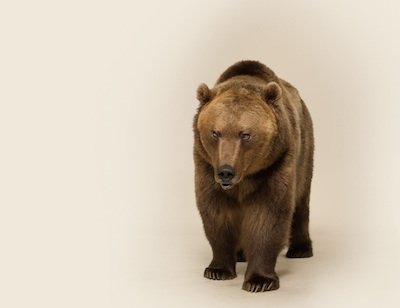
|
|
|
“The bigger animals are actually easier to work with, because they’re apex predators and aren’t really intimidated by their surroundings. The smaller creatures that are generally prey are wary and trying to get away, so you have to be patient with them,” he says.
Glenn has experience in these matters: A commercial photographer based in Jackson, Wyoming, he has spent three years working on a personal project called “Yellowstone Natives,” a portrait study of animal species native to the greater Yellowstone ecosystem. He’s shot 20 types of animals so far — grizzlies and black bears, a peregrine gyrfalcon hybrid and a golden eagle, a gray wolf, the North American porcupine, an elk and a Canadian lynx among them. The series is on hiatus right now, but Glenn aims to get back to it soon, because there’s so much more to do: The region is home to 500 species of birds and mammals.
The town of Jackson sits in the 48-mile-long Jackson Hole valley, which is bordered by the Teton mountain range on the west and the Gros Ventre Range on the east. It’s a tourist draw: Some 10,000 people live in Jackson, but Grand Teton National Park typically hosts between three million and four million visitors a year, according to the Jackson Chamber of Commerce.
Many come to see the area’s animals in their natural habitat. “But a lot of times their interaction with them is from the car as they drive around, and that fascinated me,” says Glenn. “It’s kind of Disneyland-like. There’s a disconnect, because the animals are far away and hard to see with all that’s going on in the environment."
That observation led to his “Yellowstone Natives” series. Glenn decided to apply the aesthetic of studio portraiture photography to capture the region’s animals without the usual visual distractions.
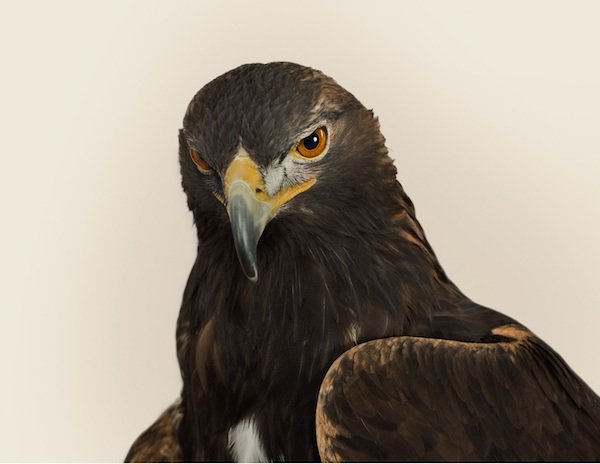
“It’s important to make a space where the animals feel comfortable, and generally I'm working in a facility they’re already used to,” Glenn says. “Then it’s just a matter of waiting for them to give something to the camera — a great moment or a look that represents them in a powerful way.”
An Emotional Link
The series, which was selected for the American Photography 31 annual, creates a direct and emotional link between the species native to the region and the rapacious interloper that moved in later. “We’re intruders of their habitat, not the other way around,” Glenn told Wired magazine in April.
Glenn grew up in North Carolina and moved to Jackson Hole 13 years ago. “No one is actually from Jackson,” he says. He took up photography as a kid and after college traveled a bit. “That really opened my eyes to what was out there,” he says. He also spent a few semesters studying photography at Academy of Art University in San Francisco.
“That’s where I got an idea about the possibilities of
photography,” he says. He cites the work of photographer Nadav Kander as an inspiration for his portrait work. “But there are just so many photographers I admire, it’s impossible to
name them all,” he notes.
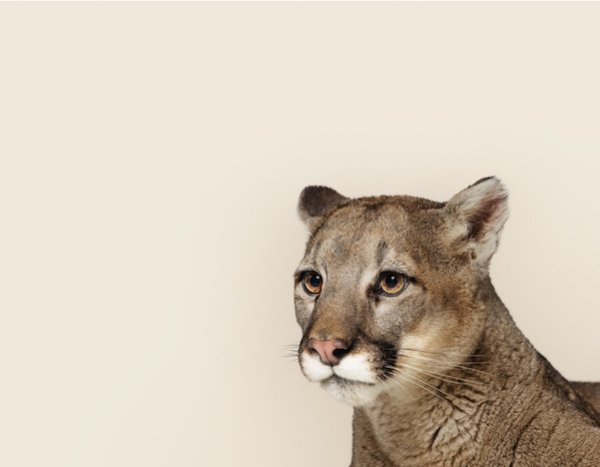
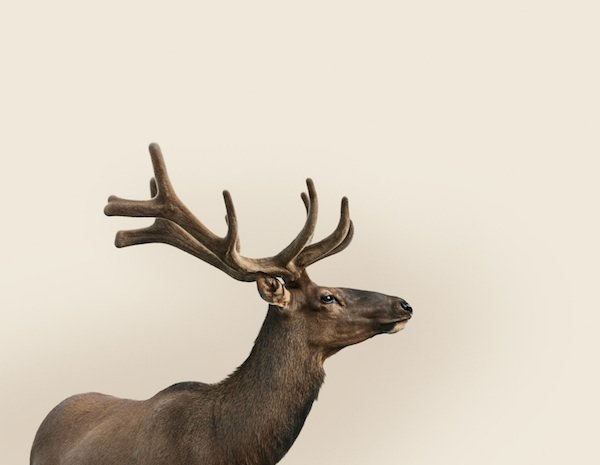
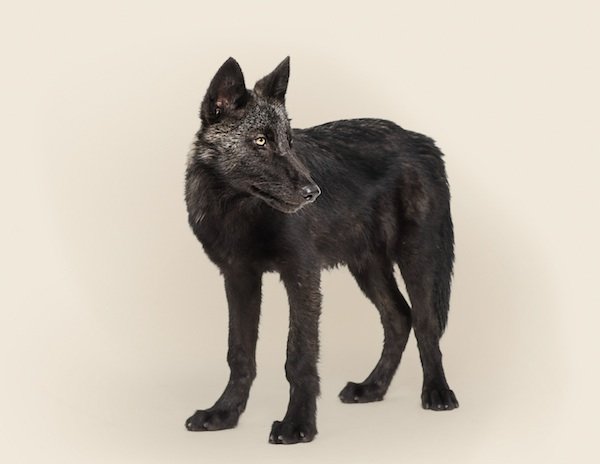
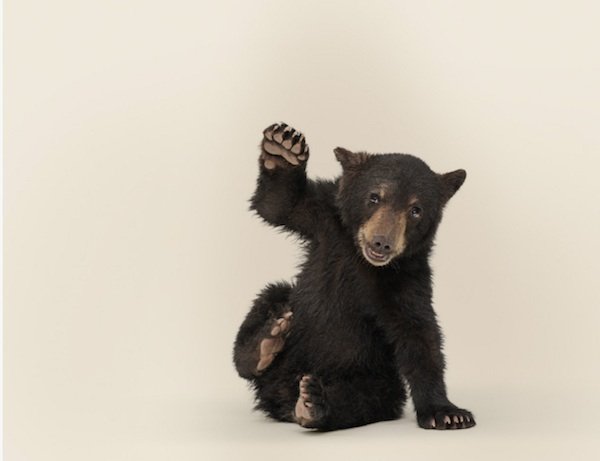
He moved to Jackson Hole for the skiing and climbing. “I love to be outside and I always wanted to live in the west,” he says. In that, he’s not unusual: There are places where people live in order to forge careers, but by and large that isn’t the central purpose of Jackson; it’s one of the places where people work in order to live a particular way of life.
“People really come here to play in the mountains,” Glenn says. “They don’t take the usual route in life because they want something different.”
The trick is to find the right work-life balance. “I started thinking about how could I build a business and lifestyle out of photography,” Glenn says. He did that as a portrait photographer and an editorial photographer, shooting for Outside, Vice, Wired, BigLife and other publications.
Ryan Waterfield, the editor in chief of BigLife magazine, cites Glenn’s shot of “neopreened mountain-men surfers” at Lunch Counter Wave — a churned up spot on the Snake River near Jackson that’s become famous among fresh-water surfers — as one of his favorites. “It's an image that echoes the great Hudson River School artists in color and composition,” Waterfield says. Glenn’s gift, he says, are “his passions for the places he lives and travels.”
Blue Sky BackdropIt was while he was photographing wildlife in Yellowstone that the idea for his series of animal portraits came to him. An elk walked past him, and he got a low-angle picture of it, with a big blue sky as a backdrop. The image reminded him of a formal portrait.
“It’s obviously quite different from what most nature and wildlife photographers do,” he says.
He’s done about a half dozen shoots for the project and wants to pick it up during his downtime. "I’ll start researching other resources for animals. That’s really the hardest part of the work,” he says.
But he also wants to travel. His website features his images of Iceland and other dramatic landscapes. “If I won the lottery and could quit working tomorrow, I’d just spend all my time going to beautiful places,” he says. "I’m always thinking of where I’ll go next.”
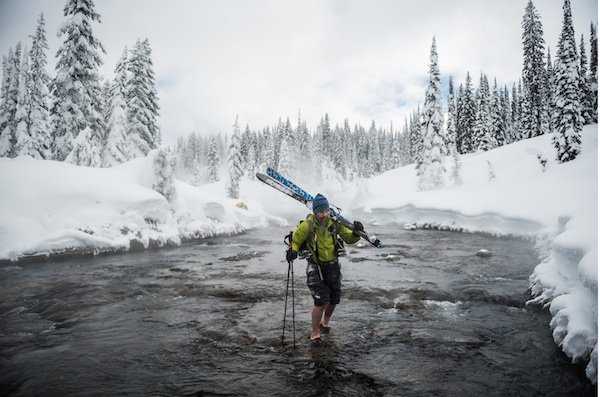
He recently got involved with a non-profit called Tribal Outreach Medical Assistance, or TOMA, which works with indigenous tribes in Colombia installing solar-power systems. “I got to go on one of the expeditions last year to document their work, and they'll use that imagery to help promote what they’re doing,” he says. He’ll be returning to Colombia in February.
But, he says, wherever he goes, he appreciates coming back to the landscape and animals of Jackson Hole. He was recently asked to name something he didn’t like about the place and had to think for a minute before he could come up with an answer. “It’s a small town, and every once in a while you’ve got to get out and get some culture,” he said. “But on the other hand, I like that it’s a small town.”
He’s become one of its native species.



